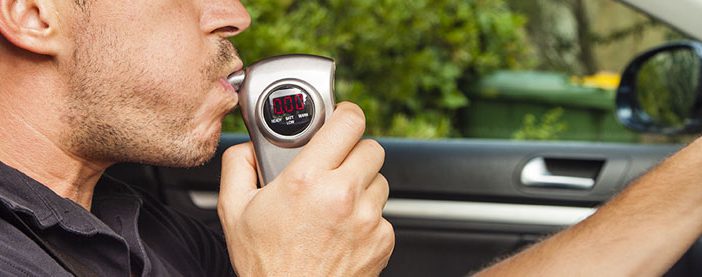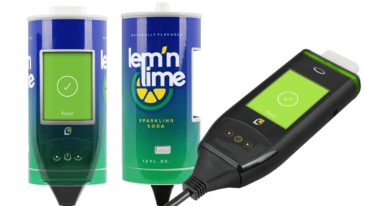
Alcohol-impaired driving incidents remain a significant problem in our country. According to the Centers for Disease Control and Prevention, about 1.1 million people were arrested for driving under the influence of alcohol or narcotics in 2015. The National Highway Traffic Safety Administration found that nearly 10,500 people died from alcohol-impaired driving crashes in 2016. About 29 people die from drunk driving-related incidences every single day, equating to about one preventable death every 50 minutes.
As a means of combating the problems with drunk driving, states and federal entities have enacted various laws designed to punish those found with a blood alcohol concentration of 0.08 or more. The primary tool used in the fight to prevent drunk driving is the breathalyzer. Let’s take a closer look at the breathalyzers in cars to see how do ignition interlock devices work.
Understanding BAC
The main purpose of the breathalyzer is to measure BAC, or blood alcohol concentration. Blood alcohol concentration refers to the level of alcohol present in your blood and acts as a means of quantifying how drunk you are (which would otherwise be fairly subjective). BAC is expressed as the weight of ethanol in grams per 100 milliliters of blood. For example, a BAC of 0.05 percent equates to 0.05 grams of alcohol for every 100 milliliters of blood in your body.
On average, it’s suggested that one alcoholic beverage will increase your blood alcohol concentration by 0.02 and that it takes one hour to metabolize one standard drink, which is any drink that contains about 14 grams of pure alcohol. However, everyone processes alcohol at different rates, resulting in different blood alcohol concentrations, which means that even if you drank the same amount as someone else, you may not necessarily have the same BAC.
Based on your BAC level, you can potentially predict your level of impairment. For example, a BAC of 0.02 (usually after about two standard drinks) can already bring on feelings of warmth and relaxation as well as a loss of judgment and a decline in visual function and multitasking abilities.
All states have set their legal limit at a BAC of 0.08, meaning that if you are driving with a BAC of 0.08 or higher, you are breaking the law and pose a danger to yourself and others. A 0.08 BAC is equivalent to about four drinks and often results in:
-
- Poor muscle coordination
-
- Impaired judgment, memory, reasoning, and self-control
-
- Problems concentrating
-
- Impaired information processing capability
- Impaired sensory perception
Alcohol and Your Breath
When you drink alcohol, it isn’t immediately digested. In fact, it maintains the same chemical structure in your bloodstream. The blood travels throughout your system, passing through your lungs. As it goes over your lungs, some of the alcohol evaporates and gets trapped within the lungs air sacs, known as alveoli.
The concentration of alcohol in your alveoli relates directly to the amount of alcohol in your blood at a ratio of about 2,100 to 1. That means that 2,100 milliliters of air that you exhale contains the same amount of alcohol as 1 milliliter of blood. This makes for a simpler means of measuring the alcohol in your system instead of drawing your blood or taking a urine sample.
How Breathalyzers Work
So do you know how a breathalyzer works in a car? Well, breathalyzers come in several forms and varieties with different operating mechanisms. Most people think of breathalyzers as handheld devices carried by all law enforcement officers, but most police stations also have larger breathalyzers that are more advanced and provide more precise readings.
More modern handheld breathalyzer devices work using fuel cell technology containing two platinum electrodes with an acid-electrolyte material placed in between the two electrodes. When you blow into the device, the platinum electrodes oxidize any alcohol in the air, creating protons, electrons, and acetic acid in the process.
The protons move through a lower compartment and combine with oxygen to create water. The electrons flow through a wire that connects the two platinum electrodes, creating an electric current. The more alcohol that gets oxidized, the stronger the electric current. The device measures the strength of the electric current and calculates it into a BAC.
Given regular maintenance and calibration, breathalyzers are an accurate tool for measuring blood alcohol concentration, so don’t expect to “beat” a breathalyzer. If you have been drinking, either wait to drive or have a backup plan in place to ensure your safety and the safety of others.

